Crop Report
Northeastern Illinois is turning dry. Post herbicide applications are taking place in corn fields. Despite dry conditions weed growth and diversity of species has been impressive in some fields, including robust vining weeds including Burcucumber and Morningglory. Early planted corn is at V6 and Soy at V2. I received reports of heavy Alfalfa weevil feeding and below average tonnage from the first cutting of hay in the region. A reminder, mechanical harvest is an effective cultural control of this pest. The Alfalfa weevil has one generation per year and overwinters as an adult. Mowing and harvesting the field removes the insect’s food and shelter. In addition, harvesting the crop can expose the larvae to sunlight which can be lethal. While the Alfalfa weevil window of damage is nearly over, farmers are encouraged to continue to scout for other forage pests that can cause damage in future cuttings including Potato leafhopper.
Plants are reaching R1 stage this week and beginning to display drought stress symptoms. Some farmers are already running irrigation systems in the region. High temperatures, elevated sand content, and lack of precipitation may limit plant growth in the following weeks in fields without access to irrigation
Crops are starting to suffer from lack of rainfall in many of the surrounding counties. With the exception of no precipitation, most all fields have great emergence and are off to a good start. Wheat is 10-20 days from harvest.
We should be in the middle of corn rootworm egg hatch in much of the state by the time this report is published. Continue to look out for armyworm injury in & near wheat and other dense grasses (cover crops, weeds, waterways, etc). Black cutworm larvae should be at cutting size throughout the state now, so include them in your scouting efforts, particularly in fields that had sub-optimal winter annual weed control. I have received relatively few reports of early season injury so far.
The cool, low humidity nights of late May have caused “silver leaf” to show in local corn fields. According to Purdue University, yield effects are negligible. Corn is mostly in the V5-V7 stage and soybean plants at about the same stage, V6-V7. Topsoil is dry down to 4+ inches fields in fields at the V6-V7 growth stages. Noticing along field edges increasing numbers of amaranth species becoming evident and this family of weeds tolerates hot, dry weather well.
This past week went by without any rain events in the area. With only one minor rain event having occurred the previous week, coupled with higher temperatures throughout this past week, soils are drying quickly. Some fields planted since the last rain event are experiencing uneven emergence due to the lack of moisture. Some pop up storms in the area today may offer some, but not significant, relief.

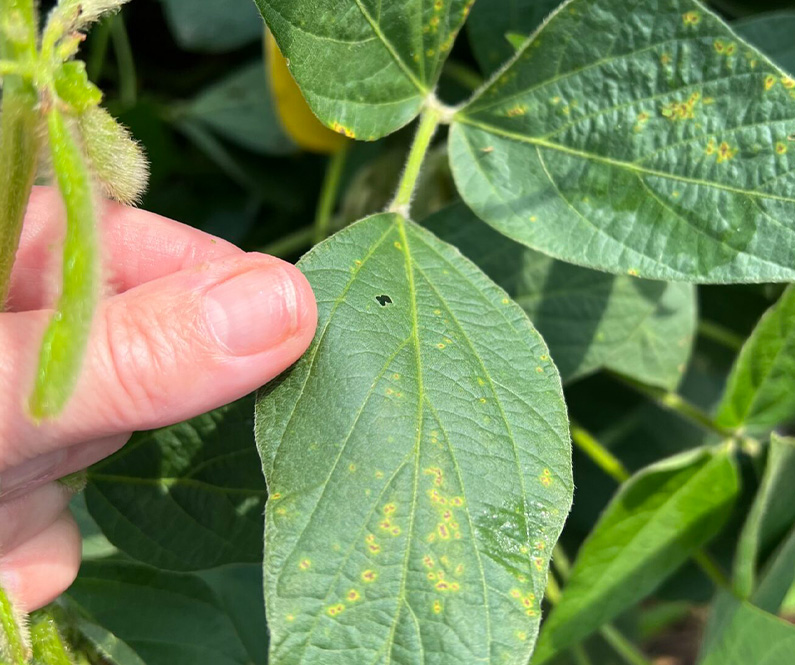
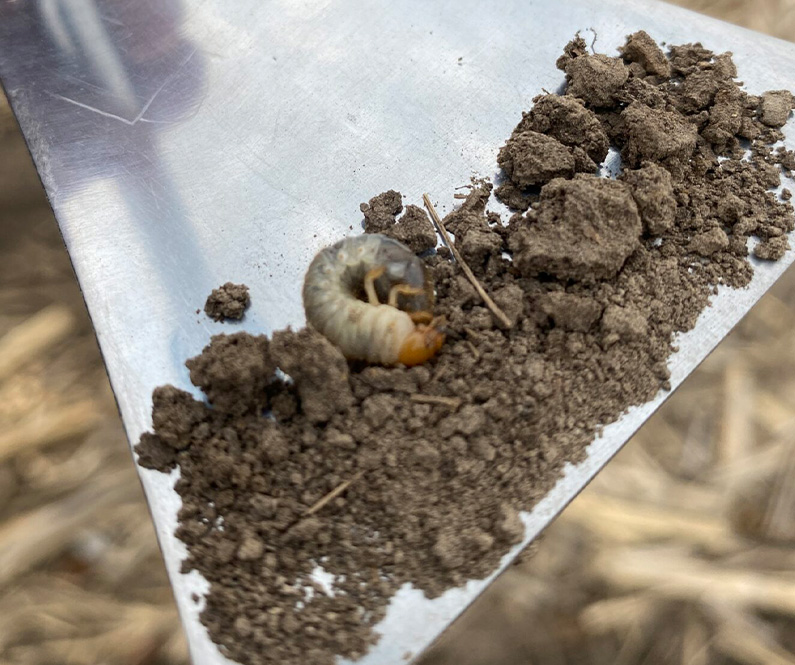
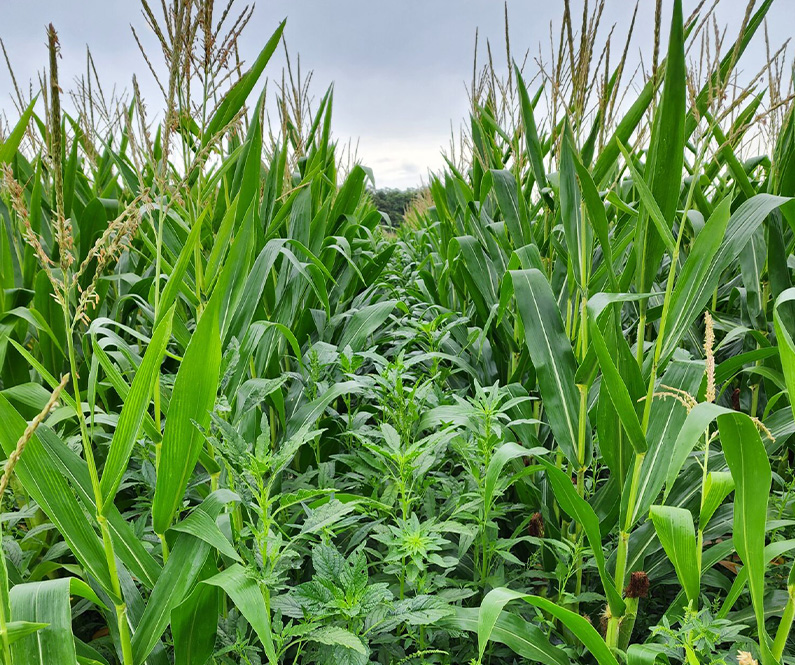
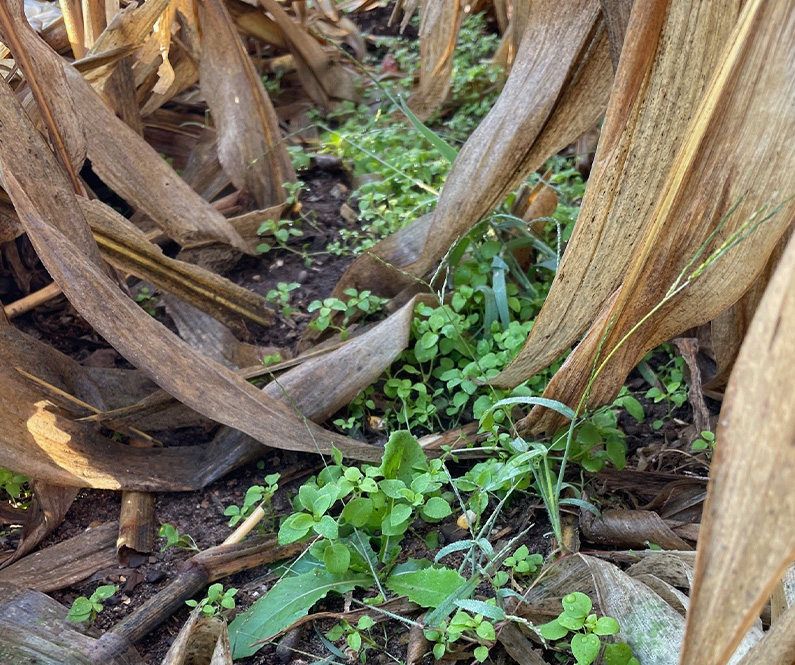
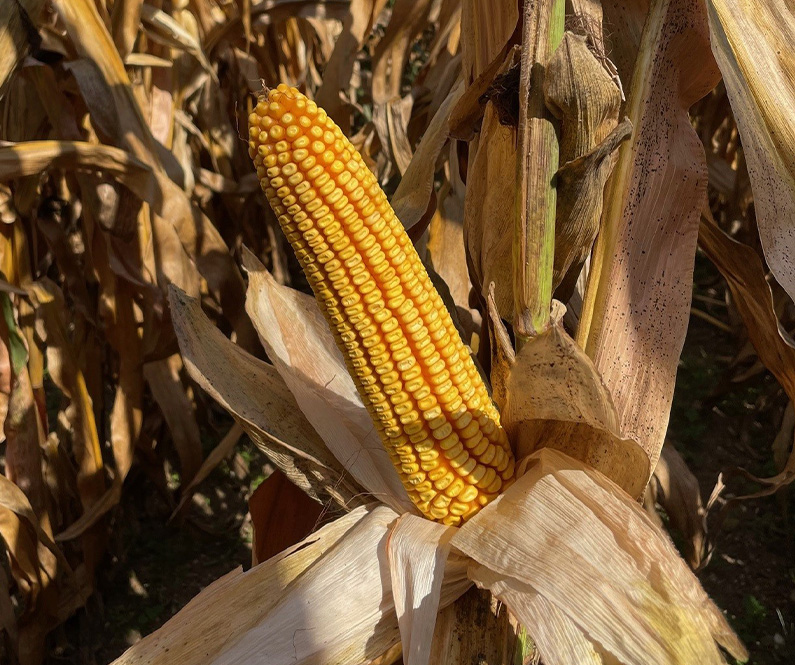

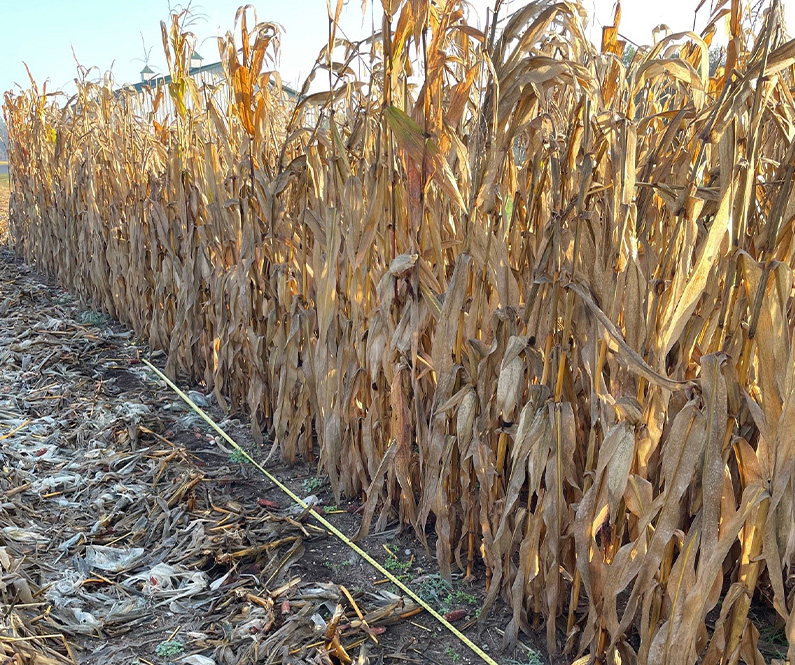
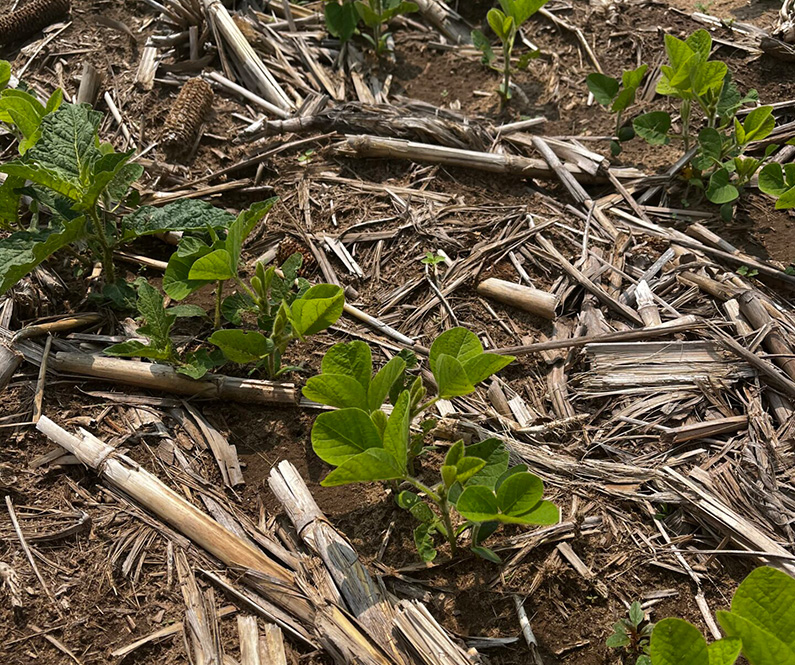
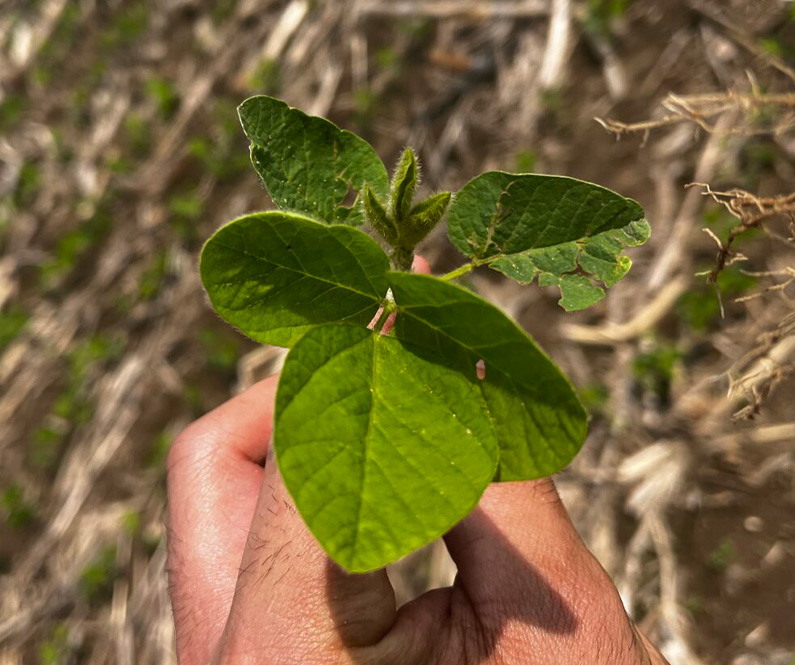


 and then
and then